Christ and His Image
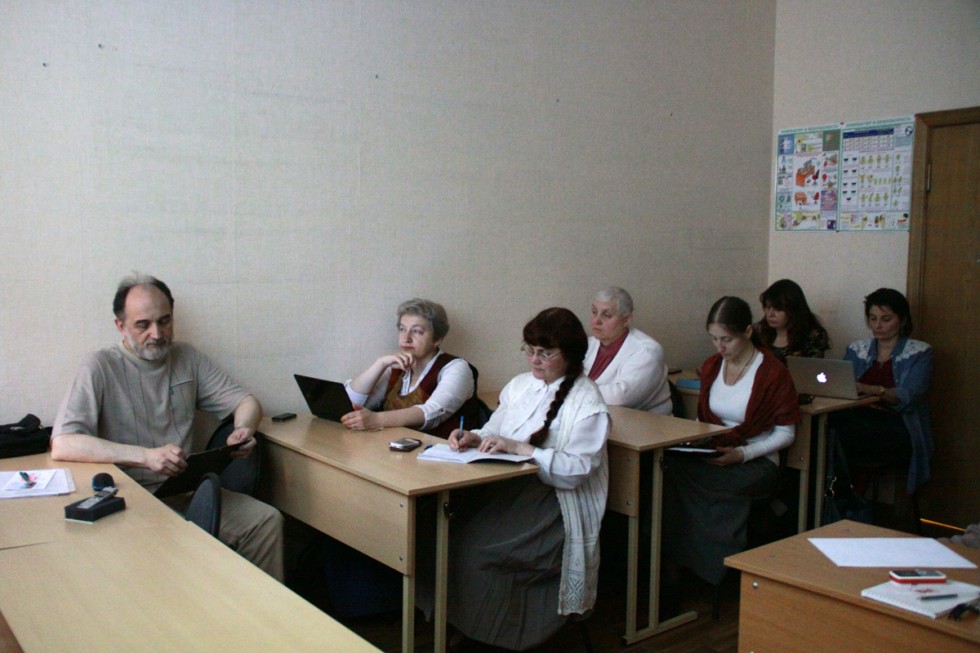
“The most important input from theologians on the subject of the icon came during the confrontation between iconodules and iconoclasts in the 8th and the 9th centuries”, said Professor Kopirovsky. Is it possible to portray Christ as God and Man? The answer could have never been unequivocal and straightforward. The challenge this question presented had a productive influence upon further modification of the Christian iconic image’s antique origins.
Following the Triumph of Orthodoxy, development of icon painting was defined less by theology and more by changes in church life and artistic style. However, it was in the 9th century that a new ‘language’ of the icon became more distinct. Iconographers used means of artistic expression that traced their roots to antiquity, in an effort to reveal transfigured bodies of Christ and saints along with their personality traits. Development of Christian art became possible due to the wisdom exercised by the Fathers of the Seventh Ecumenical Council who allowed painting and veneration of icons but did not stipulate anything regarding the rules of icon painting, leaving that to the discretion of iconographers.
‘The death of God’ asserted by Nietzsche (who, evidently, had reason enough to pine for the marvellous Olympians), and the subsequent string of ‘deaths’, including ‘the death of art’, which lost the notions of image, centre, beauty and even aesthetics, makes the discussion we must have around the icon today no less rigorous than the one pursued by iconoclasts during their time.
Since the 19th century, all attempts to portray Christ had one of two possible outcomes: mediocrity or genius. According to Professor Kopirovsky, very few contemporaries are able to cut through to an image that reveals something new. He also adds that the real icon has never been the domain of a select few: icon painting is an art of sobornost.
Almost everything that can be said about God with the help of conventional artistic means has already been said. The time has come to revisit the arguments proposed by iconoclasts who insisted on impossibility of portraying [the sacred], and to draw conclusions in favor of the icon rather than against it (as protopresbyter Sergei Bulgakov put it). But first one ought to gain a proper insight into everything that has been created in this domain. Perhaps, today it is particularly important to discern the ineffable not only in images of Christ and saints but also in any living human person, who is the only ‘icon’ of Jesus created by God himself.
Translated by Alina Patrakova; edited by Ekaterina Zvyagintseva
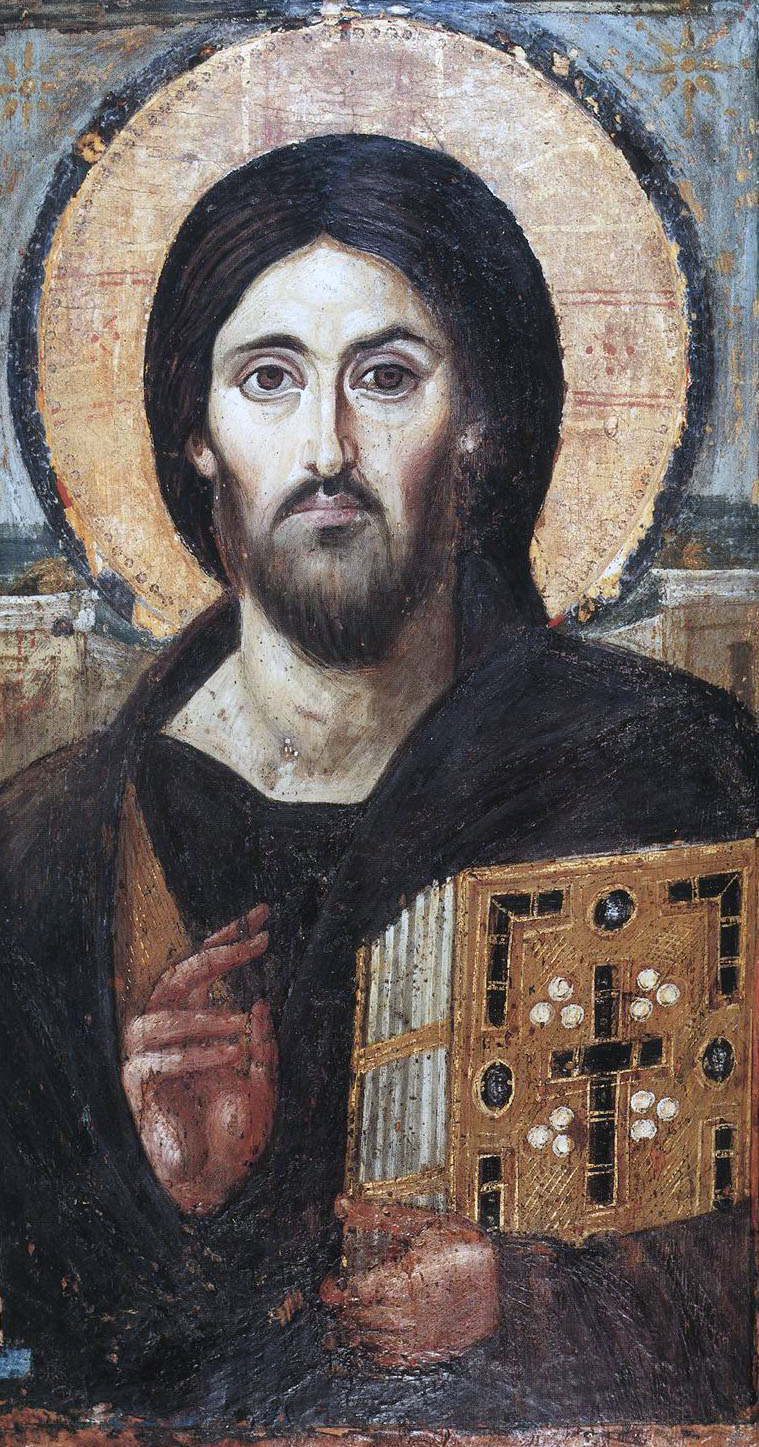
Christ Pantocrator. St. Catherine's monastery, Mount Sinai. 6th – 7th centuries
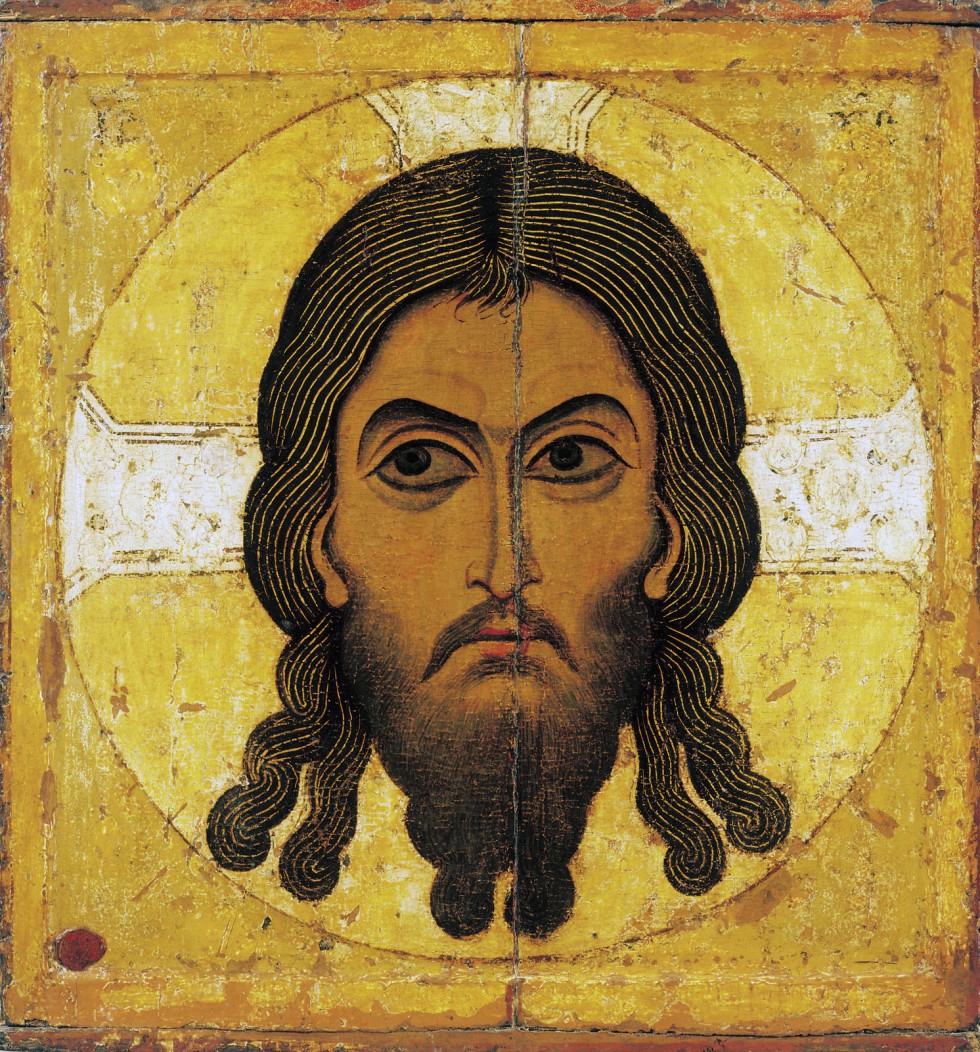
The Vernicle. Novgorod. 12th century
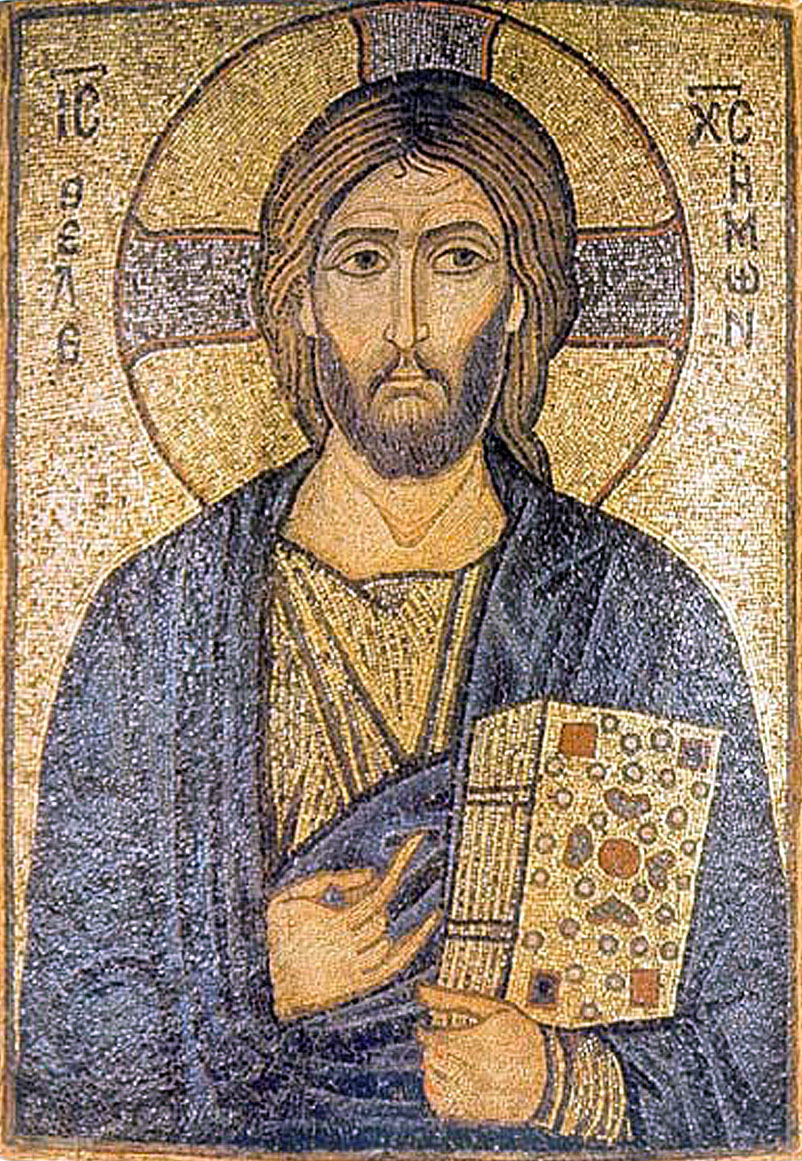
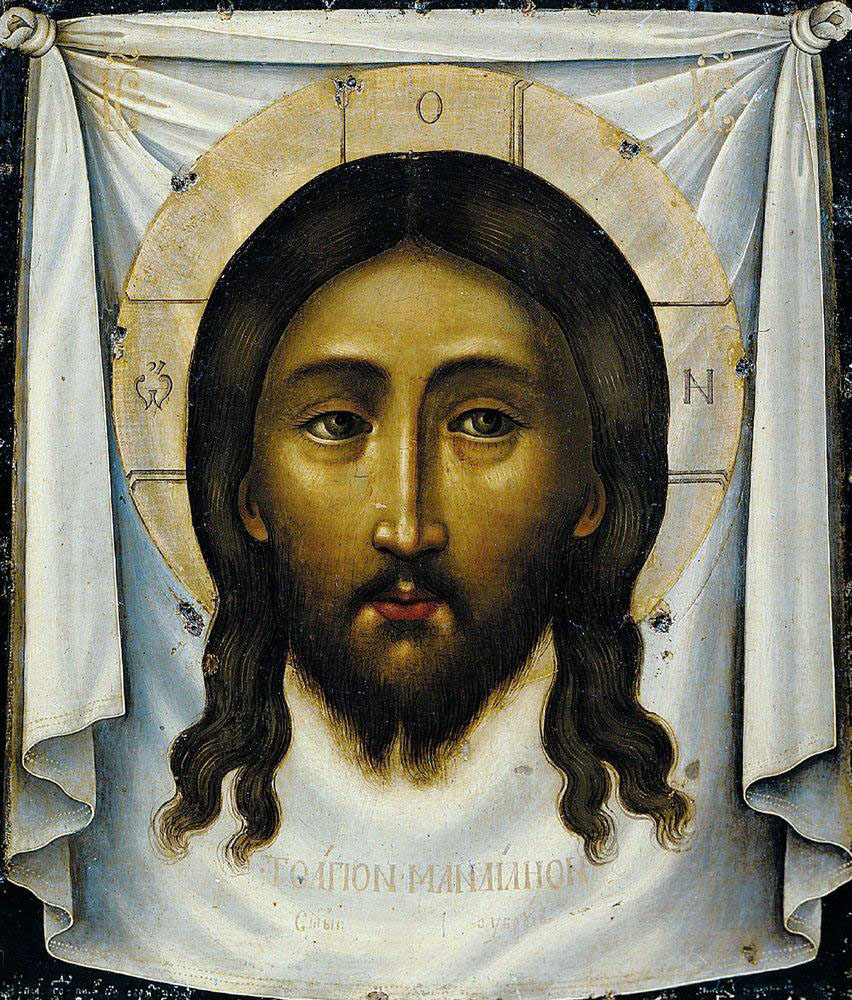
The Vernicle. Simon Ushakov. 1673
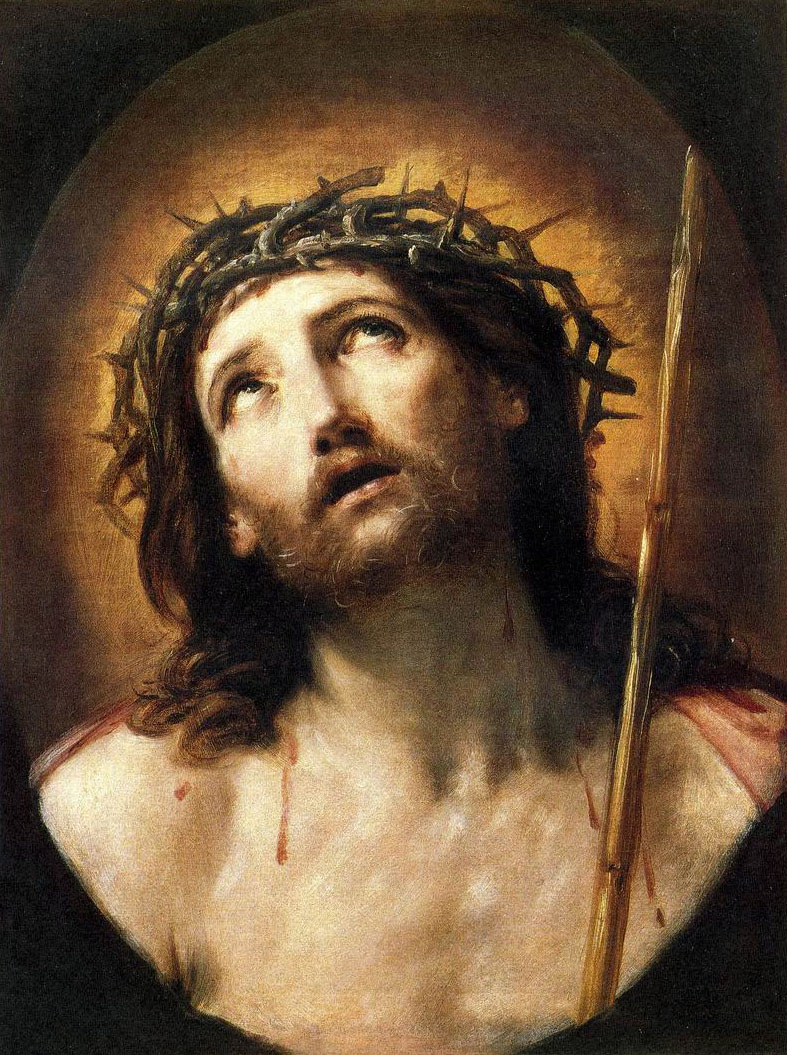
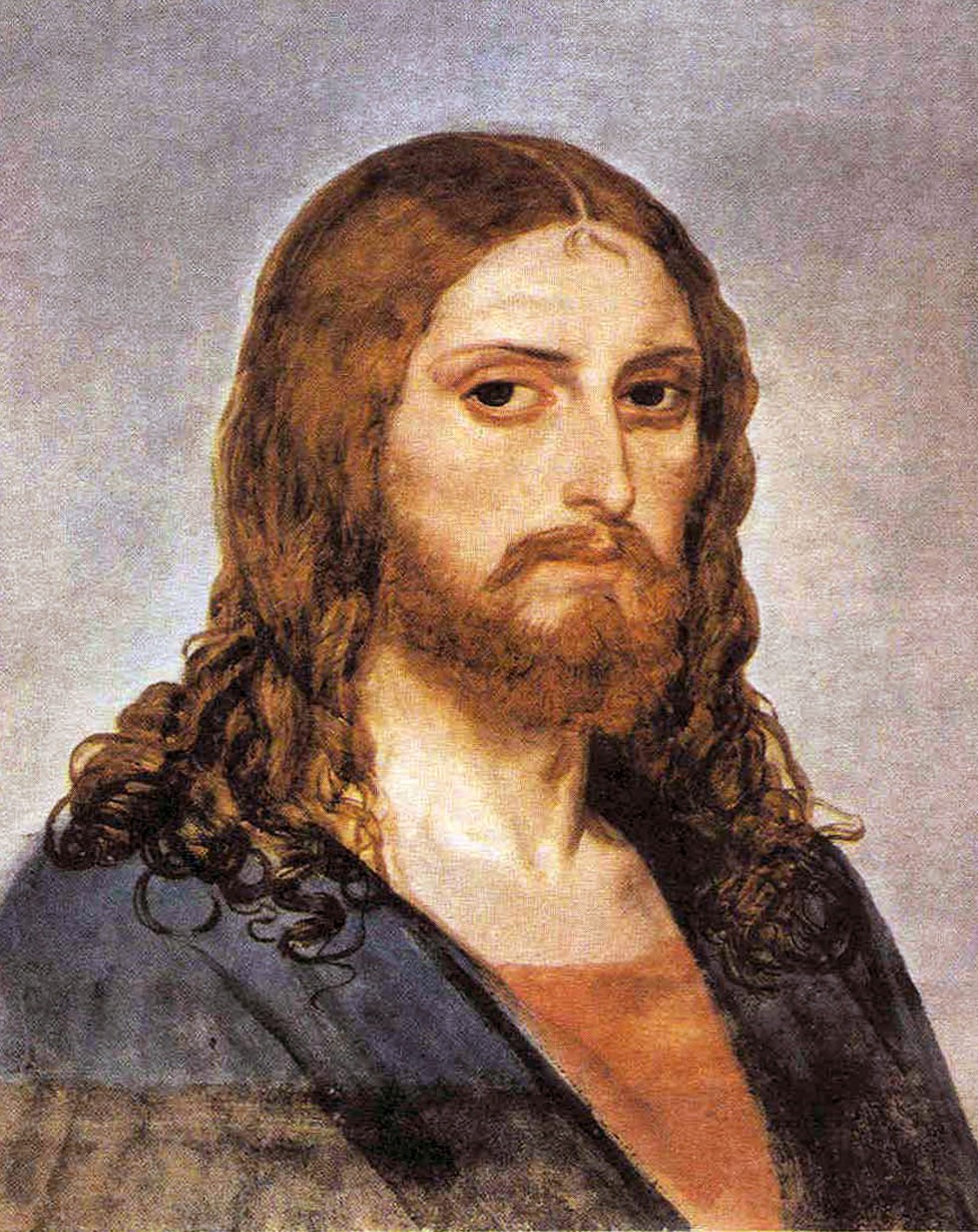
Christ. Etude. Alexander Ivanov. 1840s
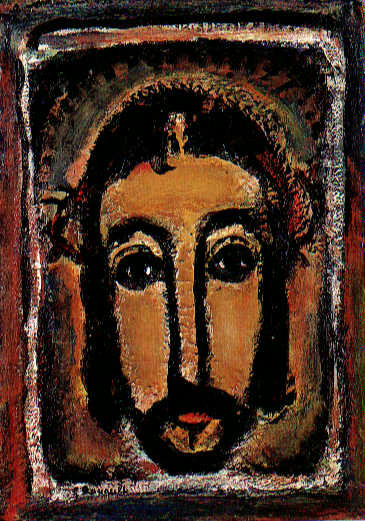
The Holy Face. Georges Rouault. 1930s
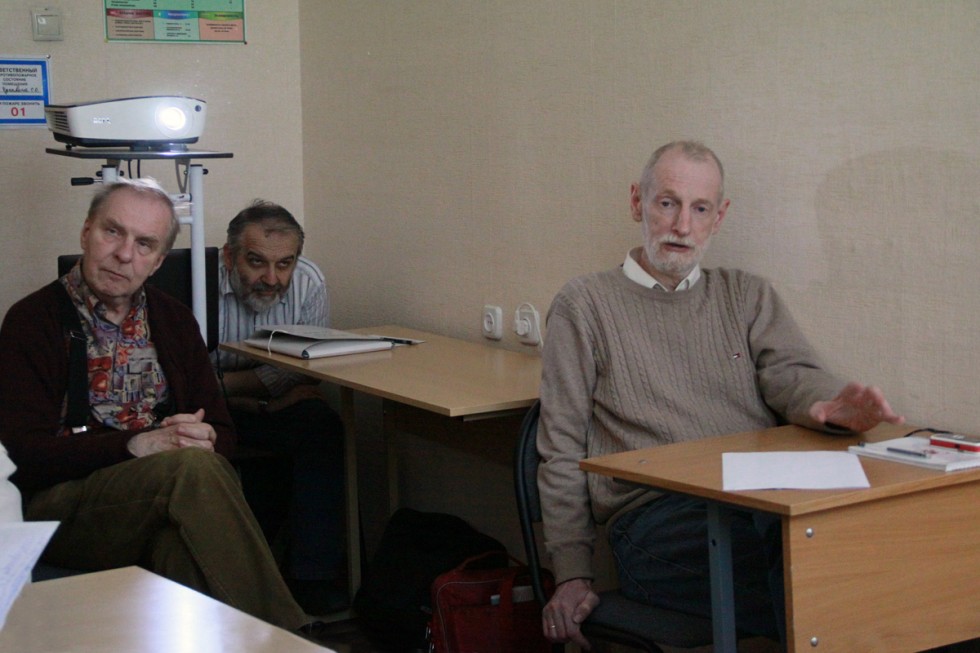
Grigoriy Gutner, Doctor of Philosophy, Head of the Department of Philosophy and Humanities at St. Philaret’s Institute; Boris Voskresensky, PhD in Medicine, Associate Professor at the abovementioned department; David Gzgzyan, PhD in Philology, Head of the Department of Theology Studies and Liturgics at St. Philaret’s Institute
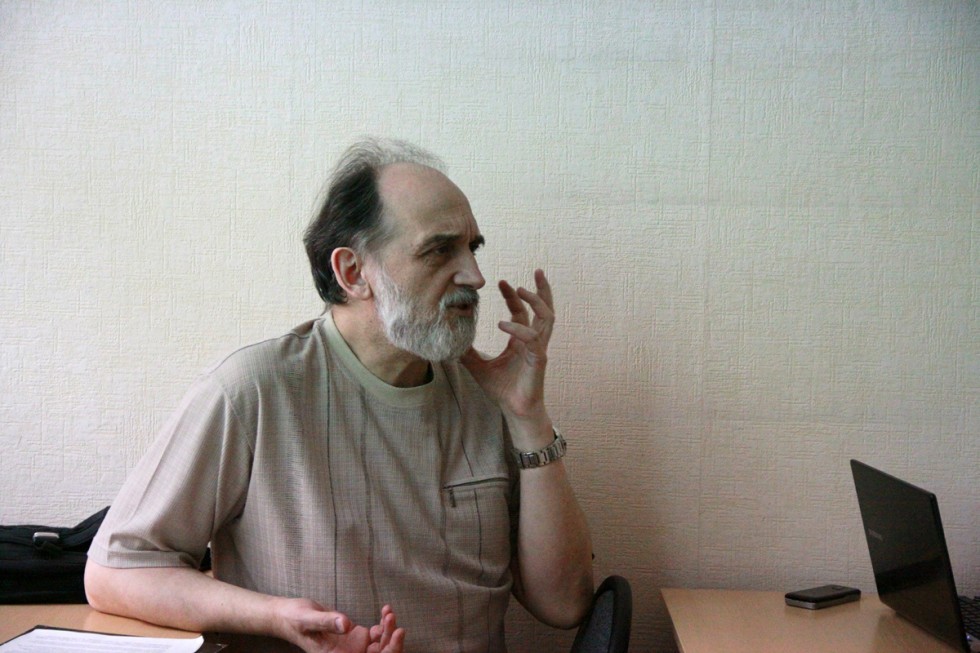
Alexander Kopirovsky, PhD in Education, Professor at the Department of Philosophy and Humanities at St. Philaret’s Institute
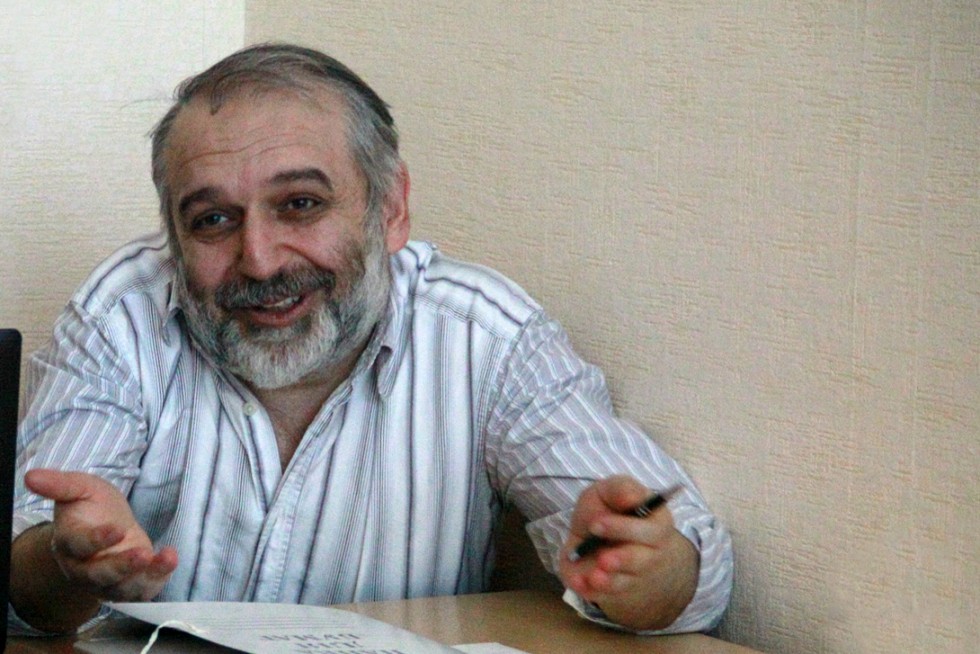
David Gzgzyan, PhD in Philology, Head of the Department of Theology Studies and Liturgics at St. Philaret’s Institute
